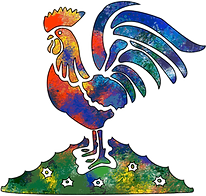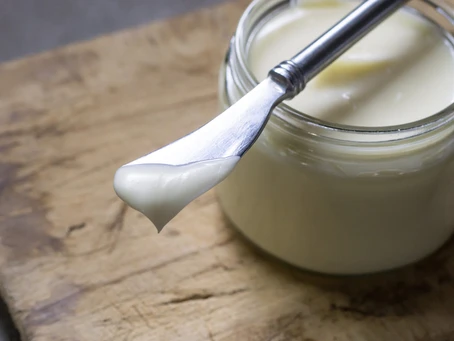Beef suet and tallow are traditional ingredients used in cooking and other applications for centuries. While they may not be as commonly used today as they once were, these ingredients still have a place in many culinary traditions and can offer unique flavours and nutritional benefits. In this blog, we’ll explore the history, culinary uses, nutritional benefits, and environmental considerations of beef suet and tallow.
What is beef suet?
Suet is a raw, hard fat that is found around the kidneys and other organs. It is solid at room temperature and has a distinct flavor. It was often used in traditional British cuisine to make pies, puddings, and other baked goods. Because of its high melting point, it is also ideal for deep-frying.
What is tallow?
Tallow is the rendered, or melted and purified, form of suet. To make tallow, the suet is first chopped into small pieces and then heated until the fat melts. The liquid fat is then strained and purified to remove any impurities. Tallow is used in cooking, soap-making, and other household products.
Culinary uses
Beef suet and tallow have been used in cooking for centuries. In addition to the traditional British dishes mentioned above, they can also be used for roasting, sautéing, and frying. Tallow has a high smoke point, meaning it can withstand high temperatures without burning, making it ideal for deep-frying. It is also commonly used in the production of margarine and other processed foods.
Nutritional benefits
Beef suet and tallow are high in saturated fat, which can be unhealthy in excess. However, they also contain important vitamins and nutrients. For example, they are a good source of vitamins A, D, and K, which are all fat-soluble vitamins that play important roles in immune function, bone health, and blood clotting. Tallow is also a source of conjugated linoleic acid (CLA), which has been linked to potential health benefits such as weight loss and improved immune function.
Environmental and ethical considerations
The production of beef suet and tallow, as with all animal products, has implications for animal welfare and the environment. Additionally, the production and transportation of this is something to consider when looking at emissions and sustainability.
However the beef suet and tallow we produce comes from our own cattle, rendered and prepared right here, personally on our farm using sustainable energy and materials.
Other uses for beef suet and tallow
In addition to culinary uses, beef suet and tallow have a variety of other uses. Tallow can be used to make soap (check out our handmade soaps!), candles (…coming soon), and other household products (…coming later) and it can also be used in traditional medicines and remedies (…coming even later!).
We actually sell both the raw suet and the rendered tallow now in our shop so definitely check them out!

